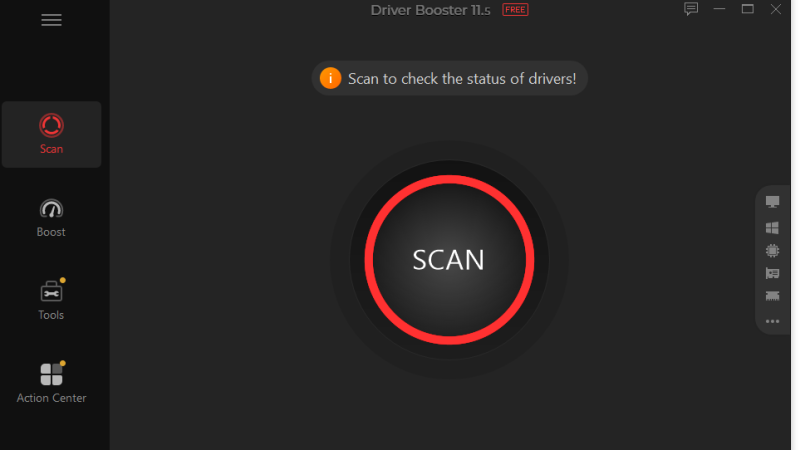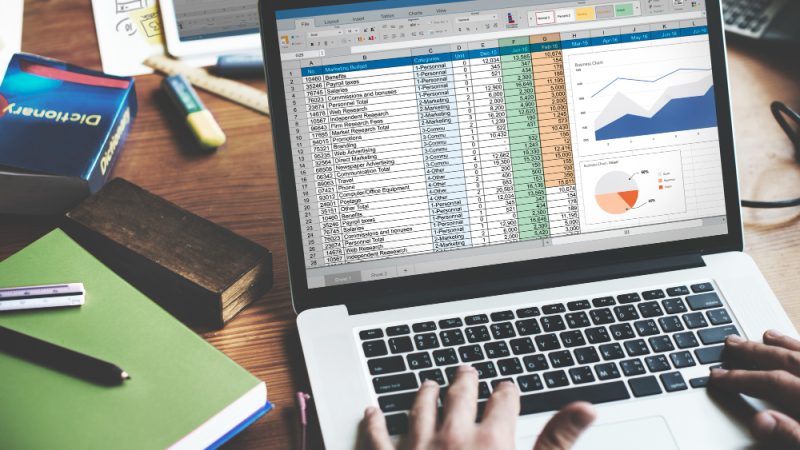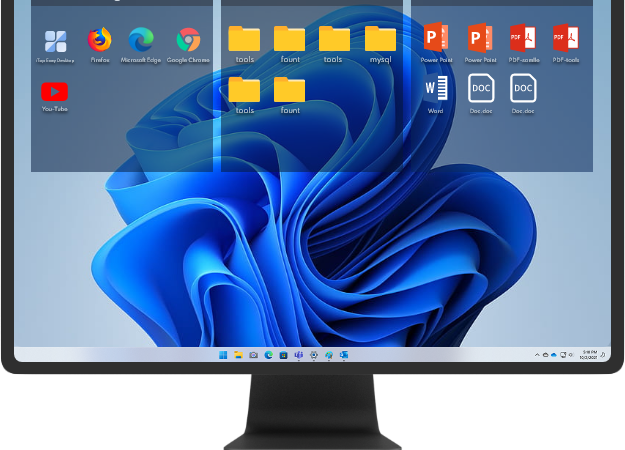Windows 10 Slow After Update? How to Fix!

Are you also pissed off when you get a slow PC every time you update your Windows 10? If yes, we have you covered in this blog.
Needless to say, Windows 10 comes up with several updates at timely intervals and always introduces some or the other feature or fixes bugs that might be hampering your system performance. But the only problem that is usually faced by the Windows users is that their PC starts working slow immediately after they install the latest updates. However, installing updates is important.
Before we learn how to fix slow PCs after updates, it is important to know the causes that lead to this.
Why Is My PC Slow After Updates?
However, Windows 10 updates are good and they are always the first step towards defence against malware and virus attacks. There comes a time when these updates are installed on your PC and suddenly you experience a slow PC. It might be because of a buggy update, corrupt system files, or background applications. Whatever is the case, we have listed down the best ways to fix a slow performing PC after Windows update. Read on further to check them out.
Best Ways to Fix Slow PC After Windows Update
Whatever be the cause for a slow performing PC, follow these amazing hacks and you’ll no longer be having a PC with this problem again. Check them out.
Method 1: Roll Back Windows Update
If you’re pretty sure that your Windows has started working slow immediately after you installed the latest update then this method might be of great help. Yes, you read it right. Rolling back updates will do the trick. You do not need any third party software to do this, you can simply use Microsoft’s built in method to do the needful. Here’s how you can roll back updates.
Head to Settings > Update & Security > Windows Update > View Update History. Then, you’ll see Uninstall Updates. Click on the update you know might have caused the problem.
This way will help you solve your issue that has slowed down your computer.
Method 2: Run SFC Scan
Next on the list is running the SFC scan. It is recommended as the issue might be due to the damage that has made your system act unpredictably. SFC i.e. System File Checker is a free tool developed by Microsoft that comes handy for any corruption issues. To run a SFC scan, follow the steps below:
- Head to Start Menu and search for Command Prompt. Then, choose to Run As Administrator.
- Now, on the Command prompt window, type in sfc /scannow and hit Enter.
- Wait for the scan to complete. Once done, reboot your system.
It will resolve the issue of slow PCs if it is due to any corruption problems.
Method 3: Run DISM Scan
Next comes running the DISM scan. It is yet another Windows diagnostic utility that works to repair Windows system image files. Here’s how to start a DISM scan on a Windows computer:
- Head to Start Menu and search for Command Prompt. Then, choose to Run As Administrator.
- Now, on the Command prompt window, type in DISM /Online /Cleanup-Image /CheckHealth and hit Enter.
- Then, type in DISM /Online /Cleanup-Image /ScanHealth and hit Enter.
- Then, type in Dism /Online /Cleanup-Image /RestoreHealth and hit
- Wait for the process to complete. Once done, reboot your system.
- Run the SFC scan again to repair the errors, if left, any.
The entire process will take time but will fix all the system files related errors in a go.
Method 4: Disable Background Apps
Several times the system working slow is merely because of the ‘n’ number of unnecessary apps running in the system background. It includes a long list of both pre-installed and installed applications. You can have a look at these background processes and disable the ones that are no longer of any use or aren’t working. These background processes occupy your CPU usage and hence, makes performance slow. To disable background processes, head to Task Manager using the search bar and then find the apps you think are no longer of use and running unnecessarily. Right click on the application and choose Disable. Easy, isn’t it?
Also, alternatively you can head to Settings > Privacy > Background Apps > Turn off the toggle of the apps you no longer want to run in the background.
This way you can lessen the number of apps running in the background and as a result improve performance of your PC.
Method 5: Run Windows System Restore
System Restore is yet another amazing hack to fix a slow working PC. It takes your system to the state it was functioning efficiently. System Restore saves your files and registry of your Windows software as snapshots called Restore Points. It is of great help at the times when you have to repair your PC on your own. Here’s how to get started:
- Open Create a Restore Point using the Windows search box.
- You’ll see a System Properties dialog box.
- Then under the System Protection tab, choose System Restore. Click OK to proceed.
Note: If you’re not able to click on System Restore, it means your system does not have a restore point.
- On the next screen, click on Next.
- Select the desired restore point and choose to Scan for the affected programs. This will remove the programs that were installed after the restore point date.
- Click on Next, wait for a while and then click on Finish.
After the process completes, you’ll get your system back performing better and efficiently depending on the last backup.
Windows 10 Slow After Updates: Resolved
So, this ends our list of ways to fix Windows 10 slow after updates. Try these ways out and we are pretty sure you’ll get a solution to your problems from any of these methods. The list of solutions doesn’t end here; you can also look out for more ways to speed up your computer like using a system speedup and optimization utility or many others.
Were we helpful? Do share your feedback with us in the comments section below.






